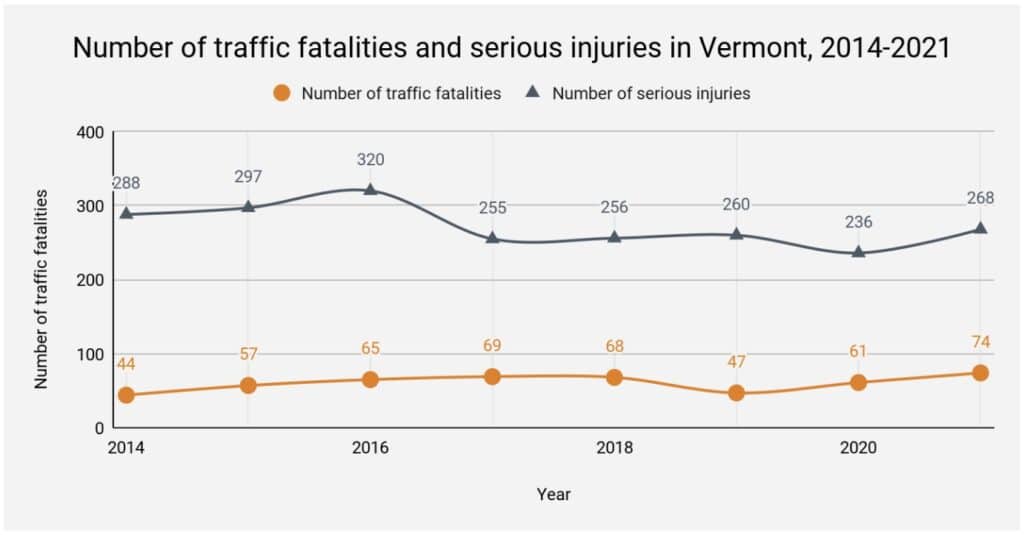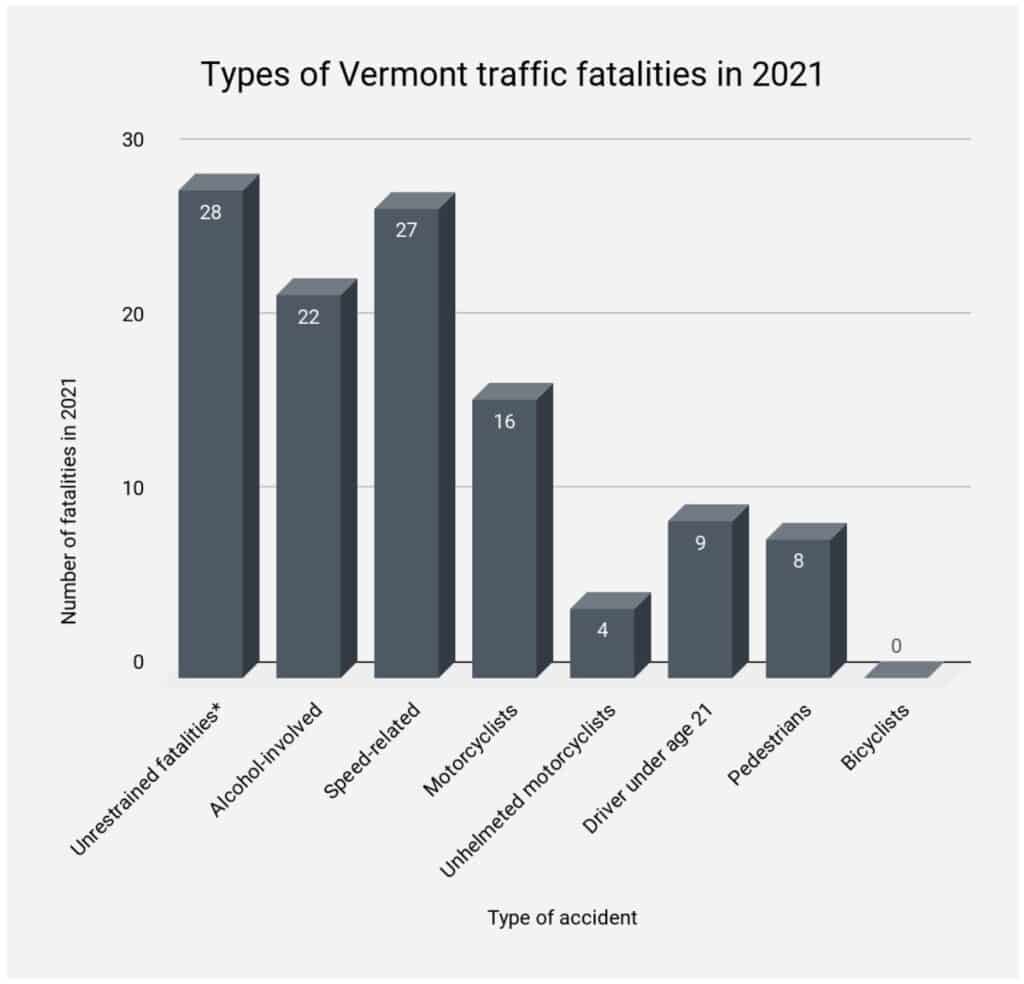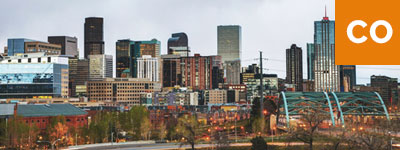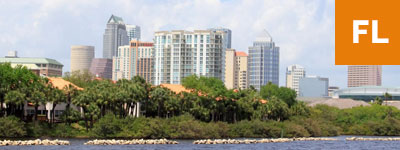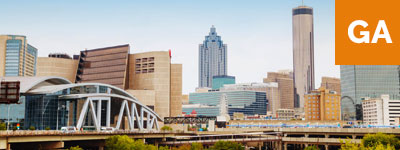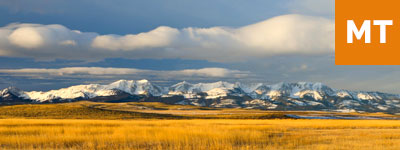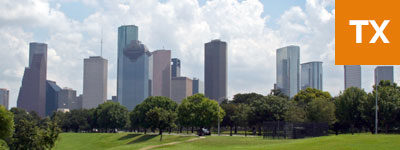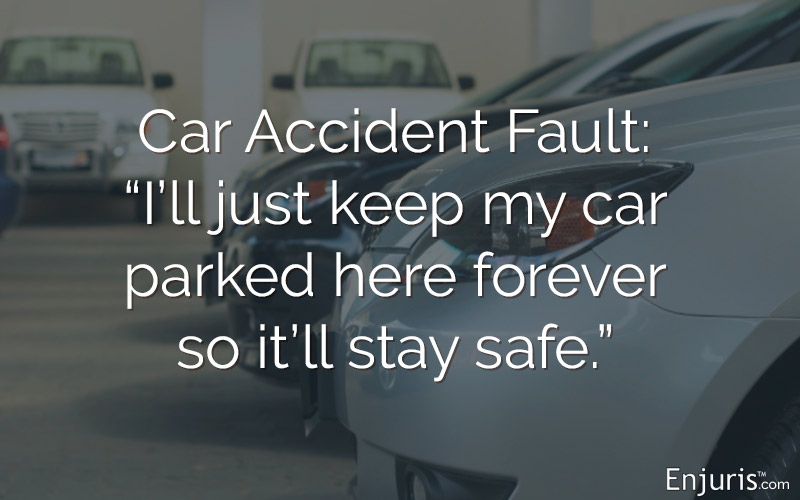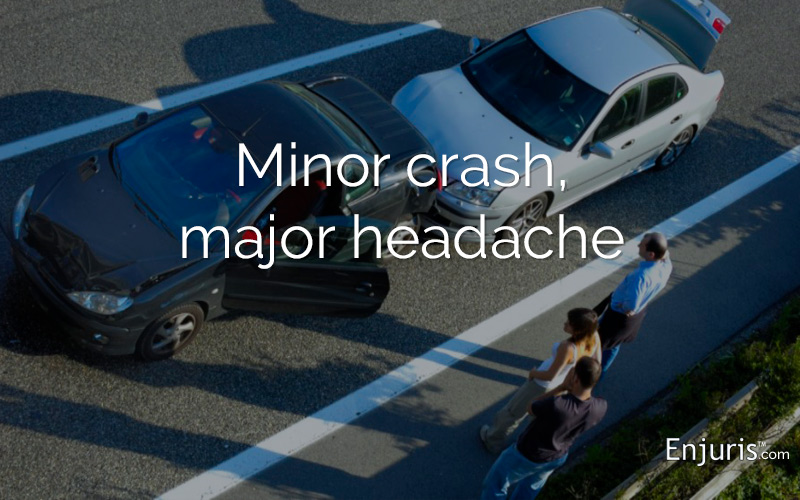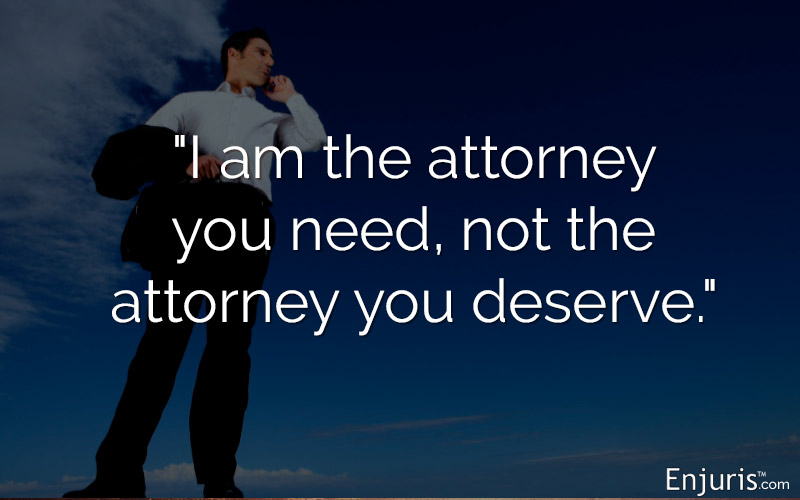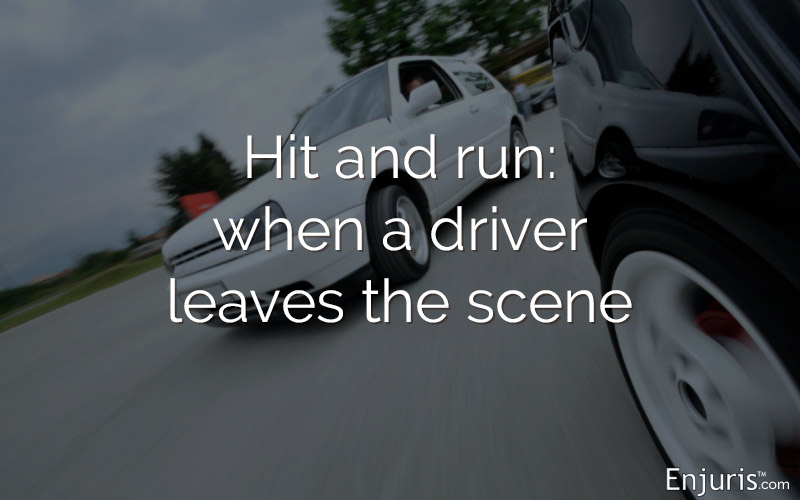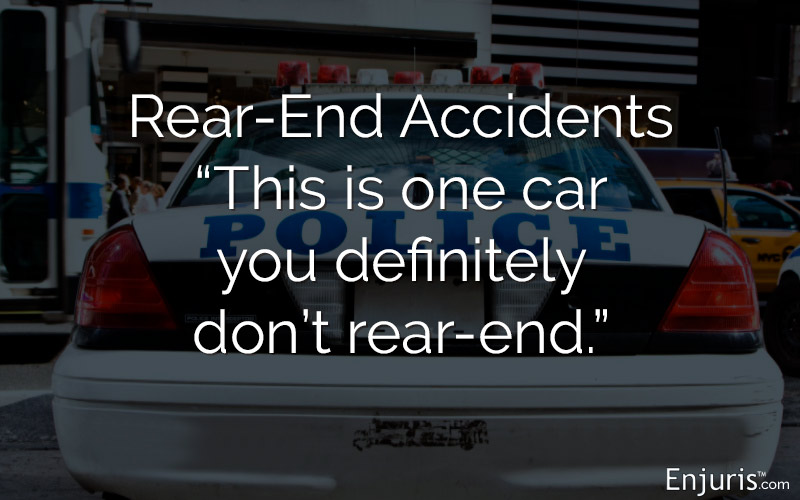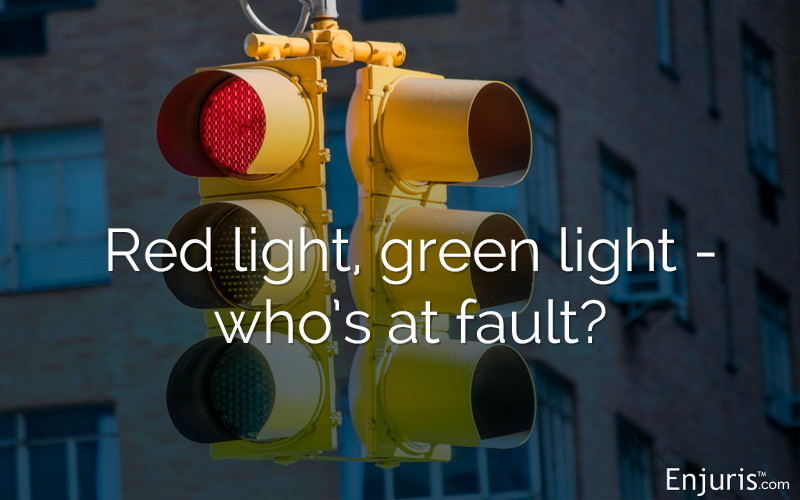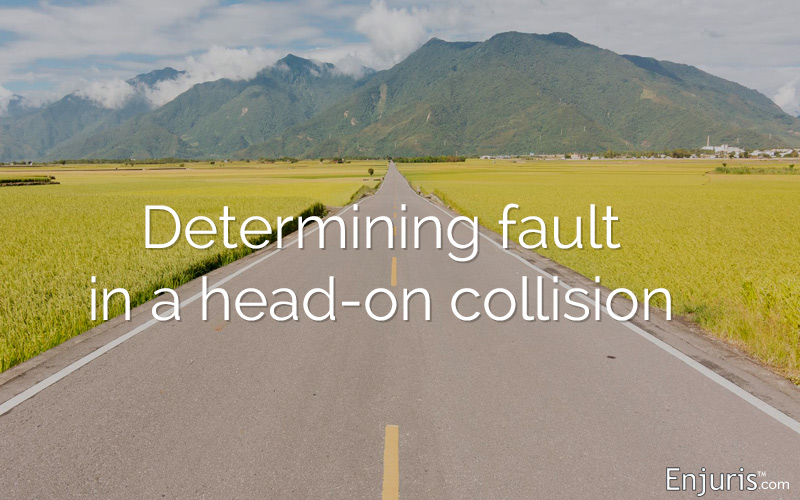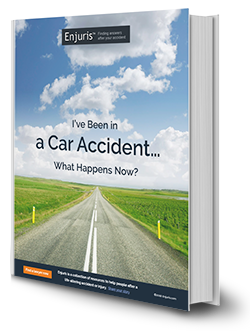Here’s how Vermont handles liability and insurance after a car accident
Vermont is known for beautiful forests and trails, along with being a destination for skiers of all abilities. It’s home to popular breweries, the Bennington Revolutionary War battle monument, the Lincoln family home, and the Ben & Jerry’s ice cream factory and Cabot Creamery cheesemakers.
Vermont is about 119 miles wide and stretches about 360 miles from the Vermont border to Canada. Vermont is the sixth smallest state by total area but the eighth smallest by land area.
Despite its size, Vermont has several interstate highways (I-89, I-91, I-93, I-189 and I-289), several mainlines and several routes. The state is full of twisty country roads through bucolic settings.
But, some of this comes with a price—like anywhere, Vermont has its share of car accidents.

